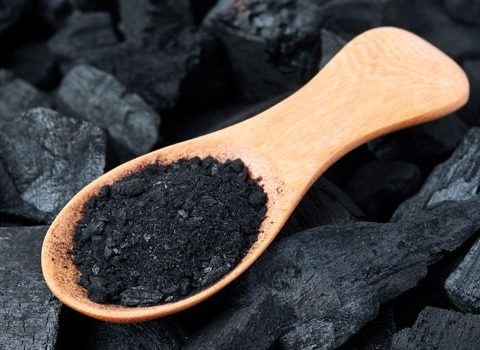Make Activated carbon from Ccorn waste to filter water
Turn Ngo Ngo into activated carbon filtering water
Researchers from the University of California have successfully developed active carbon from corn products capable of filtering 98% of water pollutants.
Wu is the most important agricultural product in the United States, but it is also one of the most wasteful. After separating the seeds, the majority of the stems, leaves, corn shells, and corn core are discarded. In addition to burning, they are rarely used for commercial or industrial purposes.
In a new study published in the journal ACS Omega, engineers from the University of California at Riverside (UC Riverside) assisted by Professor Assistant to chemical and environment Kandis Leslie Abdul-Aziz have found a way. Take advantage of this abundant agricultural waste to produce activated carbon to help treat polluted water, bring economic value.
Instead of using traditional burning methods, the team found that the process of treating corn products with hot compressed water, like hydrothermal carbon, allows creating a highly surface activated carbon. More with larger foam. These features help carbon absorb more vanillin, a common pollutant in the water. Practical tests have shown that they have the ability to filter vanillin up to 98%.
“I believe that as an engineer, we should take the lead in creating new approaches to convert waste into materials, fuel and high -value chemicals, and minimize the effect. Harm on the environment, “Abdul-Aziz emphasized.
Co -author Mark Gale, UC Riverside alumni and is currently a PhD student at Riverside City University, added that creating such biological coal does not only increase the value for the student industry. The block that also helps reduce our dependence on fossil fuels and contributes to anti-climate change.
Doan Duong (According to Science Daily)










